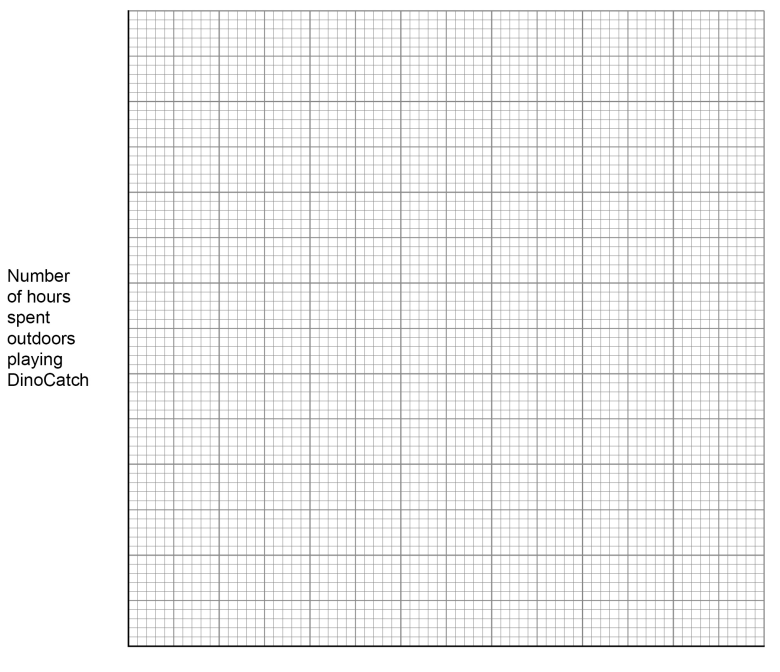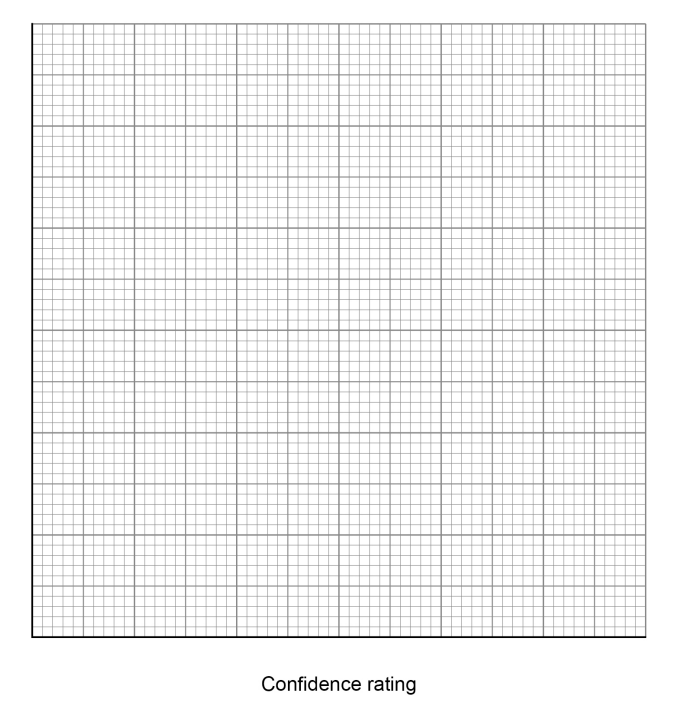A psychology researcher’s shocking findings about obedience!!! The results of a psychology experiment show that most people will obey someone who gives them orders – even if that means giving someone else a life-threatening electric shock!!! The shocks were actually fake – but the participants didn’t know that. The researcher carried out different versions of the experiment. He changed the method to test the effect on obedience levels. In every version, participants were ordered by the researcher to give shocks of increasing voltage. The highest possible voltage was 450. In the original experiment, 65% of the participants were willing to give the highest shock. The participants could not see the person being ‘shocked’ but they could hear fake screams. Obedience levels fell when the researcher wore everyday clothes instead of a lab coat. Obedience levels were also lower when the experiment was carried out in an office instead of a scientific lab. Only 19% of the participants were willing to give the highest shock when the orders were given by telephone rather than in person. | 

